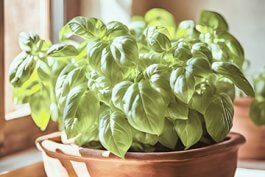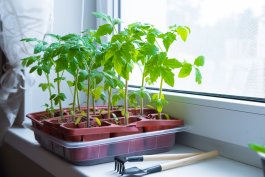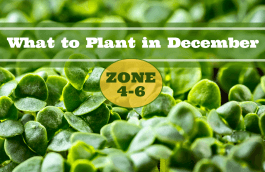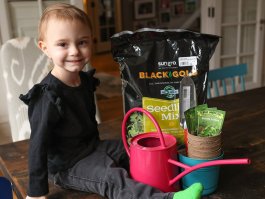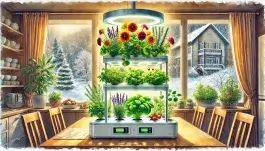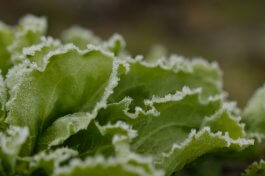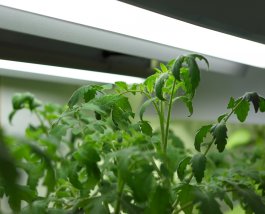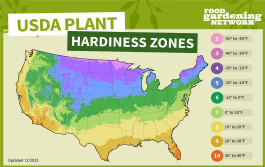grow lights
When to Start Your Tomato Seeds
I'll admit it, I've been that person scrambling to the local farm stand in May, desperately seeking tomato transplants after my seedlings failed. Again. But after years of bringing home …
What to Plant in December in USDA Zones 4-6
December in zones 4-6 is when the garden is tucked under a blanket of snow, and the only thing growing outside is your collection of wool socks. With average temperatures …
Gifts for Garden Lovers You Can Buy
When the holiday season rolls around, I always have a wish-list of new gardening tools or gadgets. This year I'm vying for this Barebones Hori Hori knife and perhaps another …
Keep Your Garden Growing (Indoors) All Winter
Winter can feel like the end of the gardening season, especially for those of us who rely on fresh produce from our backyard plots. …
10 Ways to Protect Lettuce from Frost
The first time I lost an entire crop of lettuce to an early frost, I was devastated. I remember that crisp autumn morning vividly. I had stepped out into my …
The 13 Best Grow Lights for Tomatoes and Peppers
Living in New England, my outdoor garden slows to a halt by late September. I used to get sad thinking about how long I’d have to wait before growing another …
The Gardening Science of Growing Columbines
Columbine plants are a beautiful addition to any garden. With their stunning, intricate flowers and unique bell shape, these plants are sure to stand out in your garden if you …
Growing Zones for Green Beans
Green beans (Phaseolus vulgaris) are versatile and can be grown in a wide range of climates. They thrive in USDA Hardiness Zones 3 through 10. Here’s a breakdown of the …



